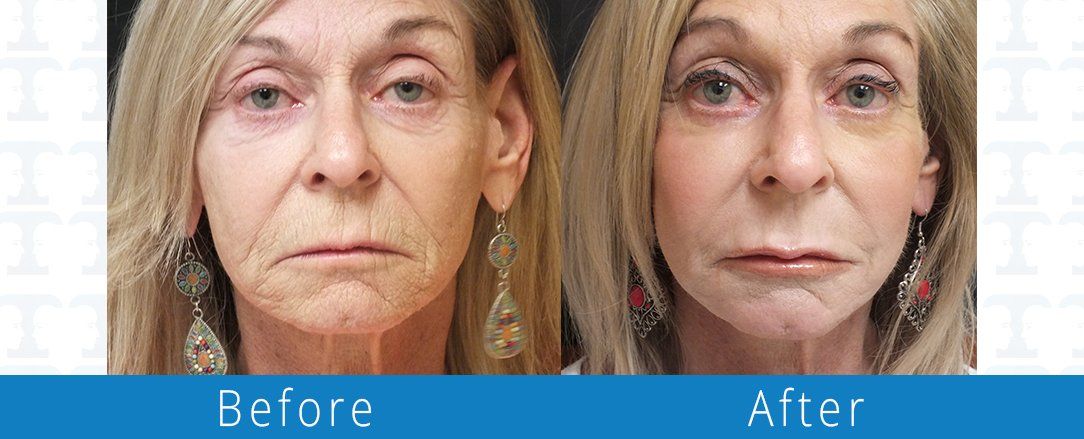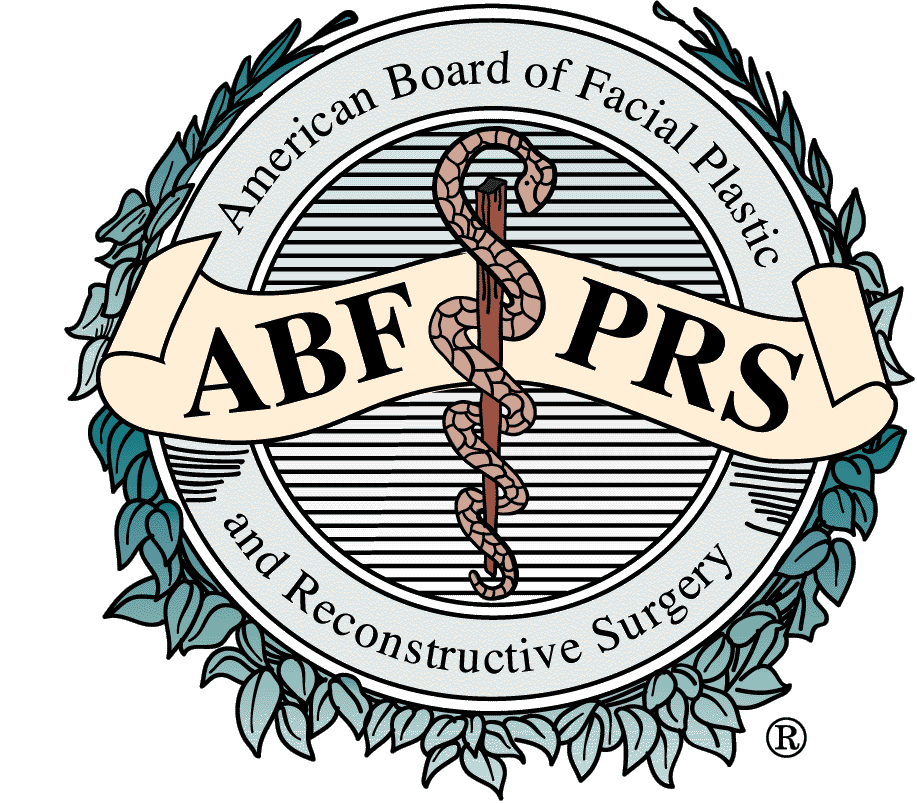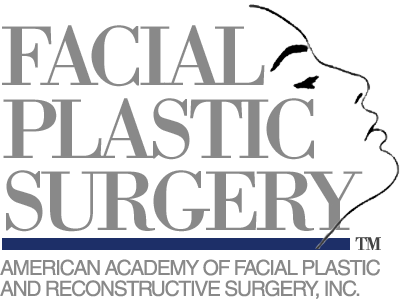Rhytidectomy (Facelift & Minilift Surgery)
Rhytidectomy (Facelift & Minilift Surgery)
View our before & after gallery and procedure instructions below

Facelift Surgery Jacksonville
Before & After Gallery(click to enlarge)
Aging of the face is inevitable. As the years go by, the skin begins to loosen on the face and neck. Crow’s feet appear at the corners of the eyes. Fine forehead lines become creases and then, gradually, deeper folds. The jaw line softens into jowls, and beneath the chin, another chin or vertical folds appear at the front of the neck. Heredity, personal habits, the pull of gravity, and sun exposure contribute to the aging of the face. As the aging population grows, it is obvious why rhytidectomy, or facelift surgery, has become the third most desired facial plastic surgery procedure.
When deciding on the appropriate time to have a facelift procedure done, there is no set age. This procedure is sometimes performed on patients in their thirties, and successful surgery has been performed on patients in their eighties. A facelift can help you look your best and give you a more youthful appearance.
Many patients decide to have other procedures completed in conjunction with a facelift. This is a great time to recovery from multiple procedures at once, and can give you the best overall results. Facial liposuction can remove excess fatty deposits, or a necklift can smooth the jaw and neckline giving a more contoured appearance. If you are concerned with several flaws, ask Dr. Trimas about the combination of procedures that will best achieve your expectations.
Recovery usually takes two to three weeks, though many patients go back to work in two weeks. Scars are usually not noticeable after adequate time has passed for them to mature. In any case, they are easily disguised in natural skin creases, by the hair, or, in persistent cases, by makeup until total healing has occurred.
Instructions for Facelift Surgery
Surgery Morning
- Nothing to eat or drink after midnight-may brush teeth.
- Take a shower and wash hair and face in the morning.
- Do not wear any make-up (includes mascara and eyeliner). Wash face with baby shampoo when arrive at surgery center to remove any residual eye make-up.
- Leave all jewelry at home. Cannot have any metal on your body, so please remove any body piercing.
- DO NOT WEAR CONTACTS.
- Clothing: Button-up shirt, sweat pants, socks, shoes (comfortable and easy to walk in).
- Bring pain medication with you. You will be numb after surgery and may not feel anything. However, the nurses will give you a pain pill prior to discharge to help keep pain level at a minimum.
Surgery Night
- Soft Bland Diet: DO NOT EAT SPICY FOODS, drink plenty of fluids, and nutrition is very important.
- Start your antibiotics at dinnertime; IF NAUSEATED may start antibiotics the next day.
- Sleep with head elevated using a recliner or at least 3-4 pillows for a week.
- Apply ice compresses to neck, chin, and ears every hour for at least 15 minutes for a couple of days. Frequent application of ice compresses decreases swelling and bruising.
- Face wrap/bandage may be tight and uncomfortable. It is removed the next day.
- Take pain medication, as you need it, do not try to brave the pain. You will be more comfortable if you keep your pain at a minimum.
Next 2 weeks
- Incision Care
- Wash hair daily using BABY SHAMPOO. May start as soon as bandage is removed. Clean incision sites (while shampooing) by gently massaging with your fingers.
- Towel dry hair-do not use a hairdryer or curling iron.
- Apply ANTIBIOTIC OINTMENT to keep incisions moist (twice daily).
- You will be supplied with a headband after your bandage is removed. Wear your headband 24 hours a day for at least 1 week and then at night or as much as possible when you are at home.
- Expect FACIAL swelling, bruising, lumping and rippling for about 2 weeks (more or less).
- May use make-up to cover up bruises after 1 week.
- Neck muscles will look and feel very tight. This may last up to a month, but improvement is noticeable on a weekly basis. This may cause some difficulty with any neck/head turning.
- Suture Removal:
- Chin – (sutures) removed after 1 week post-op
- Ears-(sutures & staples) removed after 2 weeks post-op.
- No exercise, heavy lifting, or bending over.
- Do not color/dye hair until 4 weeks after surgery. May use hairdryer and curling iron after 2 weeks, but be careful. You will have numbness around your ears and may accidentally burn yourself.
Interested in our services? We’re here to help!
Interested in our services? We’re here to help!
We want to know your needs exactly so that we can provide the perfect solution. Look and feel better today!
Contact us today
Thank you for contacting us.
We will get back to you as soon as possible.
We will get back to you as soon as possible.
Oops, there was an error sending your message.
Please try again later.
Please try again later.



















